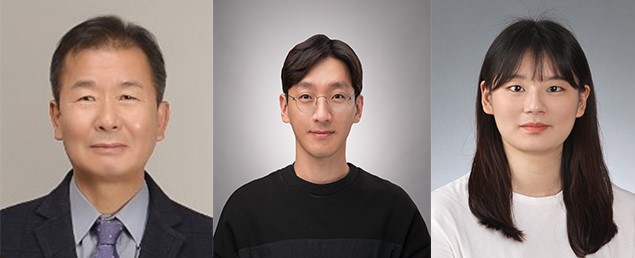Successful Creation of Carbon Balance Maps, Including Village-Unit Carbon Emission and Absorption Maps
The OJEong Resilience Institute (OJERI) has successfully created “carbon emission maps” and “carbon balance maps” at the village level.The carbon balance is found by subtracting carbon absorption from carbon emissions, and is commonly known as net carbon emission. The carbon balance maps utilized carbon absorption by forests and carbon emissions due to fossil fuel usage. These maps not only represent carbon absorption but also include information on the carbon emissions from different sources, thus serving as fundamental data for analyzing and evaluating the feasibility of achieving regional carbon neutrality.
To achieve regional carbon neutrality, it is essential to understand the absorption and emission characteristics of each region. For this purpose, spatial information on carbon for the sub-administrative areas (town, township, neighborhood, village) of basic local governments is crucial. Currently, South Korea provides information at the metropolitan level only through the national greenhouse gas inventory report. Only recently have basic local greenhouse gas inventories been calculated on a trial basis. While OJERI has developed technology to calculate absorption to a spatial resolution of 100 meters, creating emission maps at the same spatial resolution is challenging due to the wide range of emission sources and insufficient national spatial data. This is a significant obstacle to scientifically understanding and developing region-specific carbon management plans at the local level of towns, townships, neighborhoods, and villages.
OJERI used the information on carbon absorption at a resolution of 100 meters and neighborhood/village-level carbon emissions to create carbon balance maps for four administrative units: metropolitan areas, basic local governments, towns/townships, and neighborhoods/villages. Utilizing these maps allows the identification of the carbon emission and absorption characteristics in each area, enabling the development of location-based carbon-neutral plans at the village level. This approach also helps to identify regions that have already achieved or have a high likelihood of achieving carbon neutrality. Furthermore, the carbon balance maps can be used to establish a collaborative system for carbon reduction between regions with similar emission and absorption patterns, promoting the exchange of climate and economic information between both high-emission and carbon-neutral areas.
To create carbon emission maps, a machine learning-based model was developed by applying high-resolution land cover maps and spatially organized national statistical data. The research team used a Geographic Information System (GIS) to spatially map national carbon emission activities based on land cover maps and energy and industry-related statistics. This allows for the precise identification of locations where emission activities occur and enables a more detailed analysis of emission distributions.
The neighborhood/village-level carbon balanced maps are centered around the Baekdu Mountains, which have dense forests and a relatively low population. High-emission areas are distributed along the western and southern coasts, where power plants and industrial facilities are located.
Currently, the research team is working on improving the accuracy of carbon emission models and maps, and conducting follow-up studies to spatially organize carbon emissions at a grid level, similar to carbon absorption maps.
OJERI has made the carbon absorption maps, carbon emission maps, and carbon balance maps available on its website (http://ojeri.korea.ac.kr/) Professor Lee Woo-Kyun, who supervised the research, said, “Following the release of the carbon absorption maps, carbon emission maps, and carbon balance maps, we plan to provide GIS spatial data upon request to enhance the effectiveness of local carbon neutrality plans, and promote land-based agriculture and forestry at the village level for carbon absorption management.”

